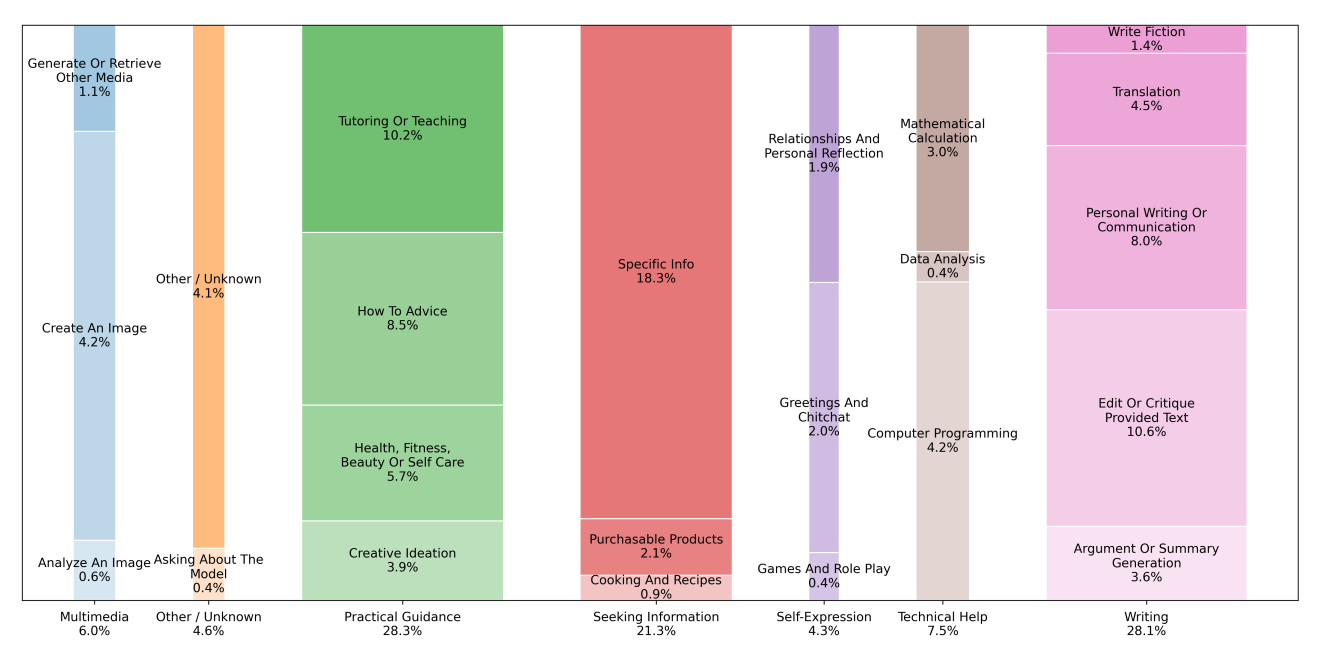🤖 AI Agents Weekly: GPT-5-Codex, Grok 4 Fast, Tongyi DeepResearch, Magistral Small 1.2, Agent Payments Protocol (AP2)
GPT-5-Codex, Grok 4 Fast, Tongyi DeepResearch, Magistral Small 1.2, Agent Payments Protocol (AP2)
In today’s issue:
OpenAI announces GPT-5-Codex
xAI announced Grok 4 Fast
Anthropic publishes a report on how Claude is used
OpenAI publishes a report on how people use ChatGPT
Gemini achieves gold in real-world coding competition
DeepSeek publishes the DeepSeek-R1 paper in Nature
Google announces Agent Payments Protocol (AP2)
Mistral AI released Magistral Small 1.2 and Medium 1.2
Coinbase and Google launched x402
Qwen releases Tongyi DeepResearch
Top AI devs news, papers, and product updates.
Top Stories
How People Use ChatGPT
OpenAI published a large-scale, privacy-preserving analysis of ~May 2024–July 2025 consumer usage, showing ChatGPT has diffused to hundreds of millions of weekly users and is used more for everyday life than paid work. Conversation logs were labeled automatically in a secure pipeline to map what people ask, why they ask it, and which work activities it supports.
Adoption and shift to non-work—By July 2025, there were ~700M weekly users and ~18B weekly messages, with non-work rising from ~53% to ~70% of consumer use. Usage is growing across both new and existing cohorts.
What people do most—Three topics dominate ~75–80% of conversations: Practical Guidance, Seeking Information, and Writing. At work, Writing is the top use (~40% of work messages), and two thirds of Writing is editing, critiquing, translating, or summarizing user text rather than drafting from scratch.
Coding is smaller than many assume—Technical Help declines over time, and programming accounts for ~4.2% of all messages, while companionship/therapy and role-play together are ~2.4%.
Intent and perceived quality—Messages are split into Asking (~49%), Doing (~40%), Expressing (~11%). At work, Doing leads (~56%), mostly Writing. Asking grows faster year over year and scores higher on an interaction-quality classifier and thumbs-up correlation.
Who uses it and how—Gender gaps narrowed to near parity by mid-2025, nearly half of adult messages come from users under 26, growth is fastest in lower- and middle-income countries, and educated/professional users are more likely to use ChatGPT for work and for asking at work.
Which work activities it supports—Mapping to O*NET shows concentration in two clusters: getting, documenting, and interpreting information, and making decisions, advising, and thinking creatively.
Privacy-first methodology—Messages were PII-scrubbed, labeled by LLMs with guardrails, and employment attributes were analyzed only as large aggregates in a data clean room.

